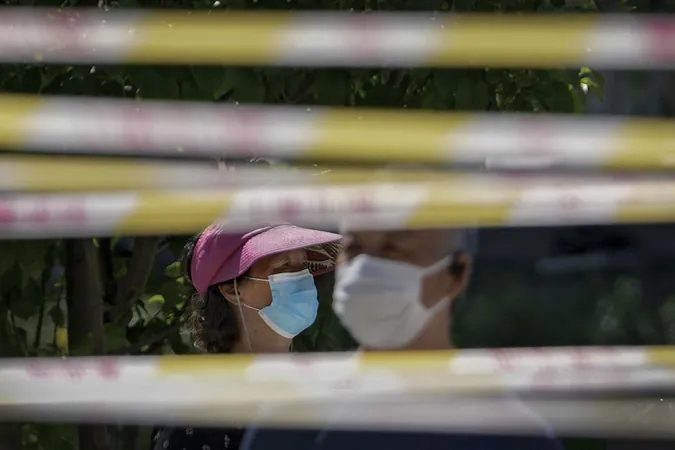
WHO's Epic Drill: Simulating the Next Global Pandemic
2025-04-16
Author: Lok
It’s been five years since COVID-19 turned our lives upside down, but the World Health Organization (WHO) isn’t letting us forget the lessons learned. Recently, they staged a gigantic simulation focusing on a fictional outbreak—dubbed "Mammothpox"—that could have catastrophic implications.
Representatives from 15 countries, excluding the US, took part in this unprecedented exercise, where a fictive orthopoxvirus was accidentally unleashed during an archaeological dig of woolly mammoth remains in the Arctic. As these scientists returned home, chaos ensued with an "uncontrolled spread" of the virus leading to overwhelmed hospitals—echoing the harrowing experience of the COVID-19 pandemic.
Mammothpox was designed with a danger level similar to both mpox and smallpox, boasting a chilling death rate ranging from 0.1% to a staggering 30%. While the virus itself doesn’t exist, the scenarios explored are grounded in reality; studies show that ancient viruses can remain viable in thawing permafrost due to climate change. This raises alarms about the possible emergence of new threats, as these pathogens become liberated from their icy graves.
The two-day exercise underscored the power of collaboration. Countries were entrusted with distinct pieces of crucial information, emphasizing the importance of global communication in effectively tackling the spread of Mammothpox. Policies around border control were discussed, prompting participants to strategize on how to harmonize their efforts. WHO senior adviser, Dr. Scott Dowell, highlighted this cooperation, stating it could significantly improve containment efforts.
In the end, Mammothpox was successfully contained, demonstrating that when international partners unite, we stand a better chance of being prepared for real emergencies. WHO Director-General Dr. Tedros Adhanom Ghebreyesus praised the exercise, noting it showcased how essential global cooperation is in disaster response, although he cautioned that real outbreaks are often much more complicated.
As we grapple with climate change and its effects, the prospect of ancient pathogens re-emerging beckons a serious discussion about our preparedness for future health crises. This simulation is just one step toward safeguarding our global health.
 Brasil (PT)
Brasil (PT)
 Canada (EN)
Canada (EN)
 Chile (ES)
Chile (ES)
 Česko (CS)
Česko (CS)
 대한민국 (KO)
대한민국 (KO)
 España (ES)
España (ES)
 France (FR)
France (FR)
 Hong Kong (EN)
Hong Kong (EN)
 Italia (IT)
Italia (IT)
 日本 (JA)
日本 (JA)
 Magyarország (HU)
Magyarország (HU)
 Norge (NO)
Norge (NO)
 Polska (PL)
Polska (PL)
 Schweiz (DE)
Schweiz (DE)
 Singapore (EN)
Singapore (EN)
 Sverige (SV)
Sverige (SV)
 Suomi (FI)
Suomi (FI)
 Türkiye (TR)
Türkiye (TR)
 الإمارات العربية المتحدة (AR)
الإمارات العربية المتحدة (AR)